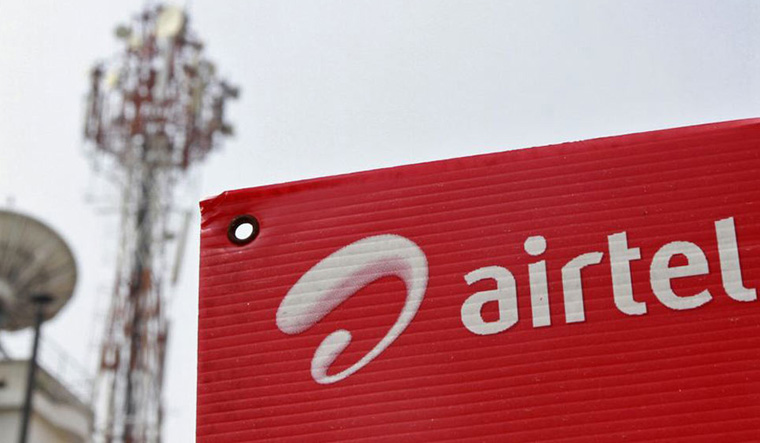The recent news about Airtel’s alleged data leak, potentially exposing over 370 million customer records, has stirred significant concern. Although Airtel denies the breach, the incident underscores the critical importance of robust cybersecurity measures. This situation serves as a wake-up call for both organizations and individuals about the pervasive and evolving nature of cyber threats.
The Effect of the Issue
The potential exposure of 370 million customer records, including sensitive information such as names, phone numbers, and login credentials, has several profound effects:
- Customer Trust and Loyalty:
- Problem: A data breach of this magnitude severely undermines customer trust. Customers expect their personal information to be safeguarded with the utmost diligence. When this trust is broken, it can lead to a significant loss of customer loyalty.
- Impact: Customers may decide to switch to competitors, resulting in a loss of revenue and market share for Airtel. Negative publicity can further damage the brand’s reputation, making it difficult to attract new customers.
- Financial Repercussions:
- Problem: Data breaches often result in substantial financial costs. These can include fines from regulatory bodies, legal fees, costs associated with remediation efforts, and compensation for affected customers.
- Impact: The financial burden can be overwhelming, potentially affecting the company’s profitability and diverting resources from other critical areas such as innovation and customer service.
- Regulatory Scrutiny:
- Problem: Such incidents attract the attention of regulatory bodies, which may impose stricter data protection regulations and higher fines for non-compliance.
- Impact: Airtel may face increased regulatory scrutiny, leading to more stringent compliance requirements and higher operational costs to meet these standards.
- Operational Disruption:
- Problem: Addressing a data breach requires significant resources and can disrupt normal business operations. This includes IT teams working on patching vulnerabilities, customer service teams managing the fallout, and executives focusing on crisis management.
- Impact: The diversion of resources can hinder the company’s ability to focus on its core business activities, leading to decreased productivity and potential delays in projects.
A Single Possible Solution: Implementing a Comprehensive Security Information and Event Management (SIEM) System
Solution: One effective solution to address the root cause and mitigate the impact of such data breaches is the implementation of a robust Security Information and Event Management (SIEM) system.
What is SIEM? A SIEM system is a comprehensive cybersecurity tool that provides real-time analysis of security alerts generated by applications and network hardware. It combines security information management (SIM) and security event management (SEM) to offer a holistic view of an organization’s information security.
How Does SIEM Work?
- Data Collection: SIEM systems collect and aggregate log data from various sources across the network, including servers, databases, applications, and security devices.
- Real-Time Monitoring: It continuously monitors the network for suspicious activities and potential security threats in real-time.
- Correlation and Analysis: The system analyzes the collected data to identify patterns and correlations that may indicate a security threat. It uses advanced analytics and machine learning to detect anomalies and potential breaches.
- Alerting and Reporting: When a potential threat is identified, the SIEM system generates alerts and provides detailed reports to security personnel, enabling them to respond promptly to mitigate the threat.
- Incident Response: SIEM systems facilitate efficient incident response by providing actionable insights and enabling automated responses to certain types of threats.
Benefits of Implementing SIEM:
- Enhanced Threat Detection:
- Detail: SIEM systems provide comprehensive visibility into network activities, enabling the detection of sophisticated threats that might otherwise go unnoticed.
- Problem Addressed: This helps in identifying and responding to security incidents promptly, reducing the time attackers have to exploit vulnerabilities.
- Centralized Security Management:
- Detail: SIEM systems consolidate security data from various sources into a single platform, simplifying the management and analysis of security information.
- Problem Addressed: This centralized approach improves the efficiency of security operations and ensures that potential threats are not overlooked.
- Compliance and Reporting:
- Detail: SIEM systems assist in meeting regulatory compliance requirements by providing detailed logs and reports on security activities.
- Problem Addressed: This reduces the risk of non-compliance fines and demonstrates a commitment to protecting customer data.
- Proactive Security Posture:
- Detail: By continuously monitoring and analyzing network activities, SIEM systems help organizations adopt a proactive security stance.
- Problem Addressed: This proactive approach enables the identification and mitigation of threats before they can cause significant damage.
Conclusion
The alleged Airtel data leak serves as a stark reminder of the critical importance of robust cybersecurity measures. Implementing a comprehensive SIEM system can significantly enhance an organization’s ability to detect, respond to, and mitigate security threats in real-time. By investing in such advanced security solutions, organizations can protect sensitive customer data, maintain trust, and ensure compliance with regulatory standards, ultimately safeguarding their reputation and business operations.
4o

